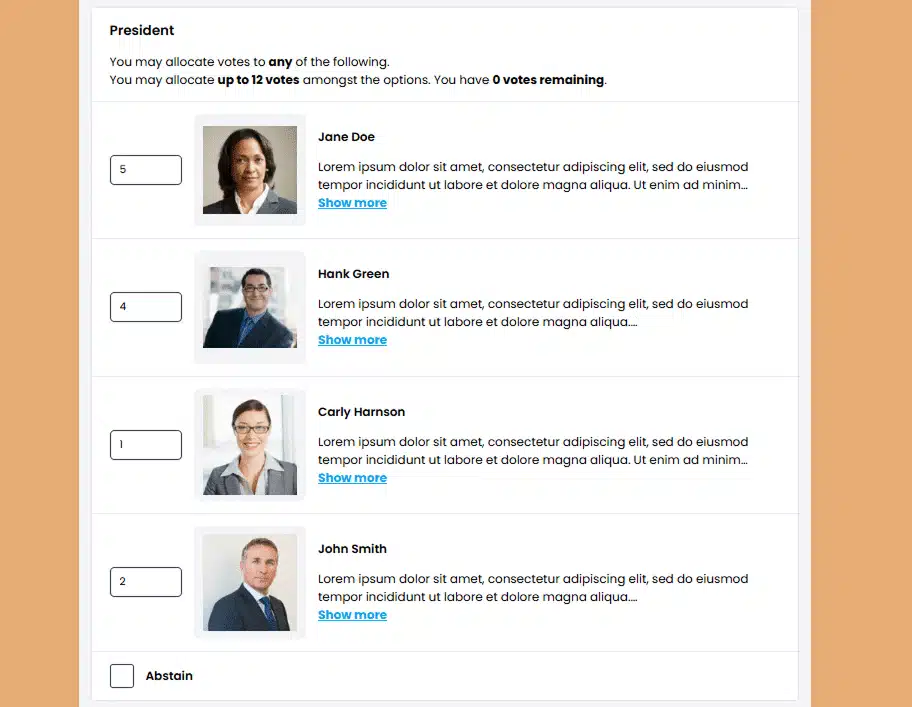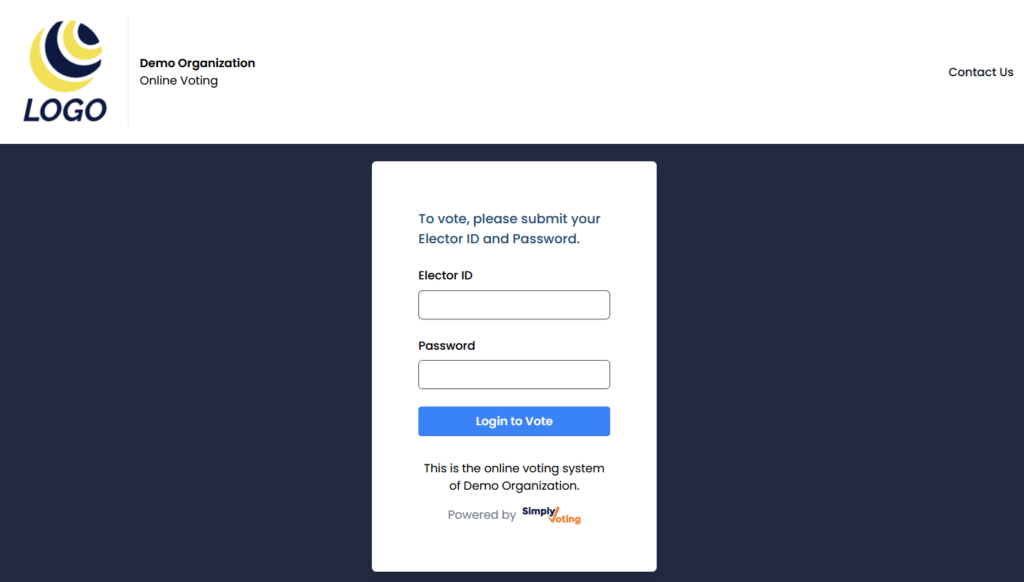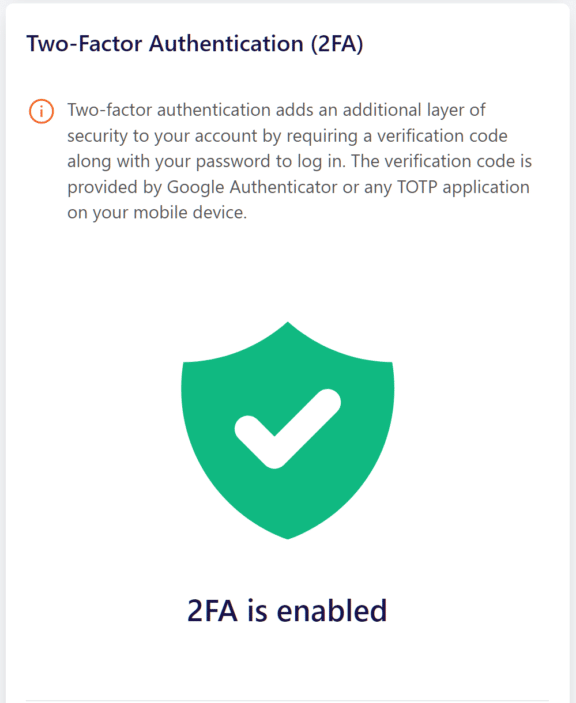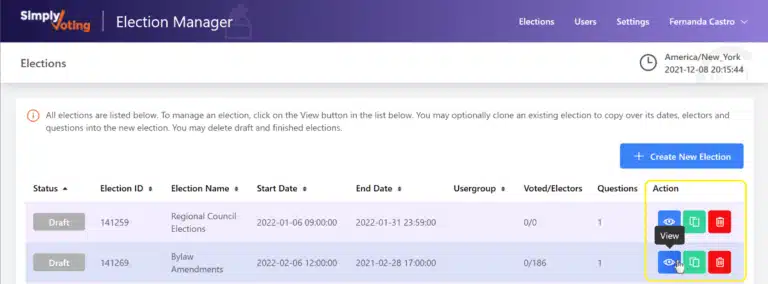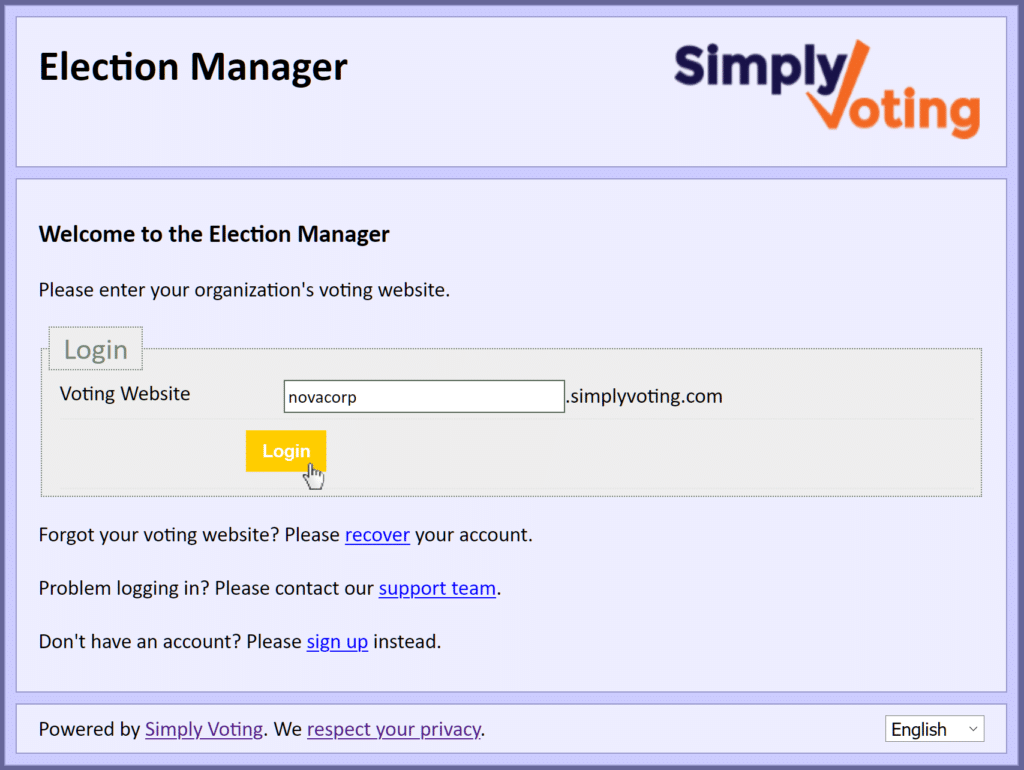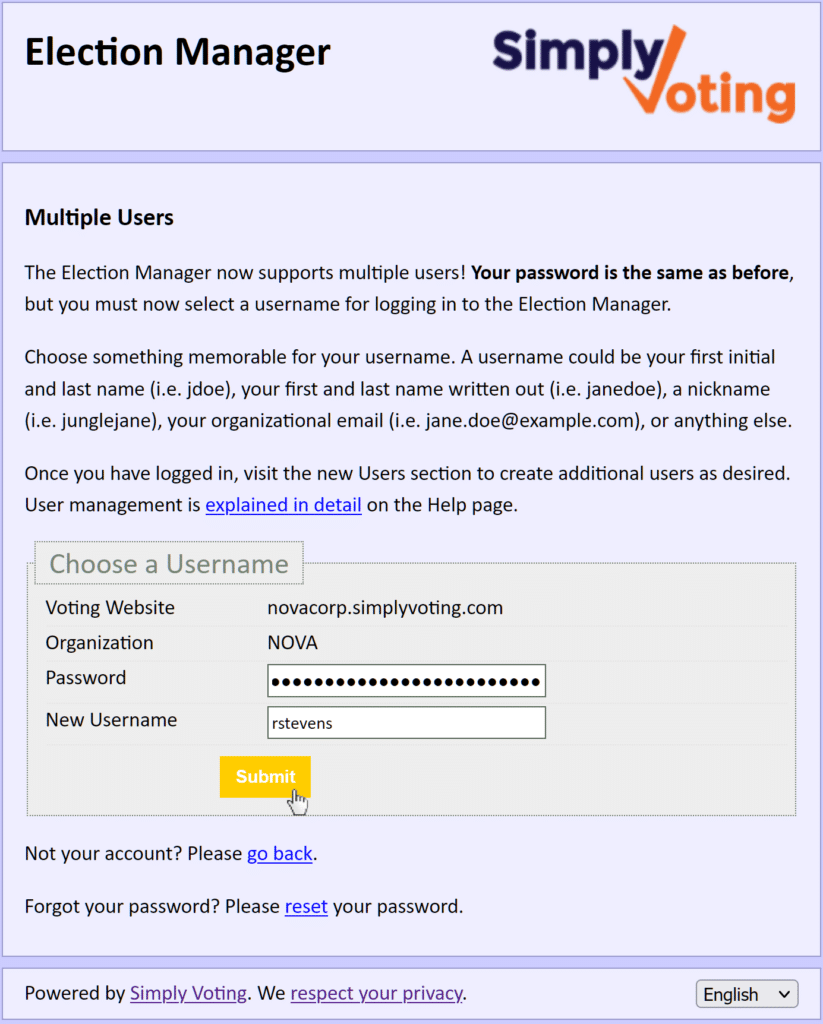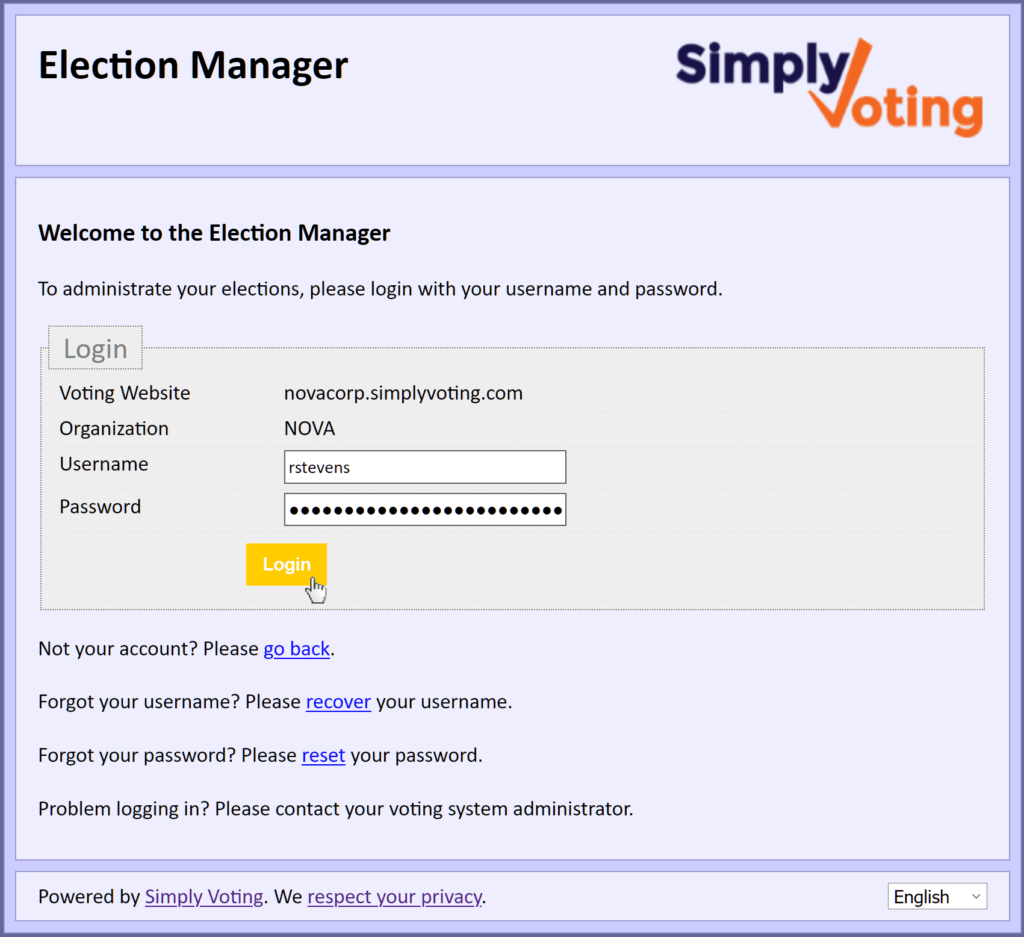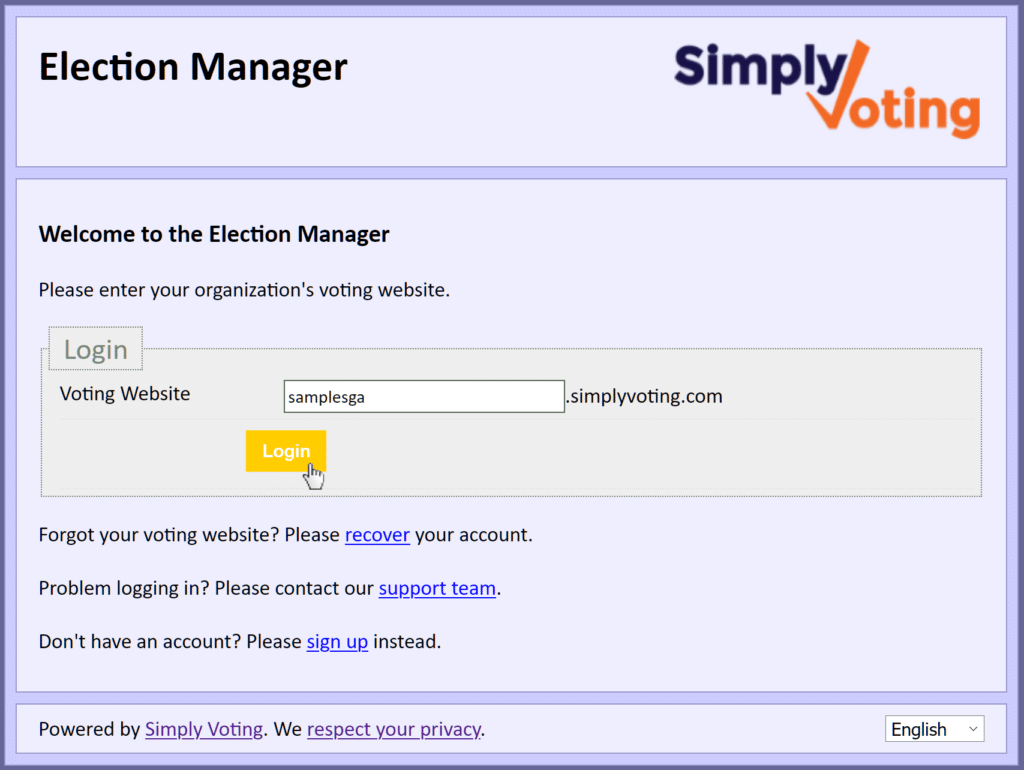From corporate AGMs to shareholder formal meetings, using proxy vote with Simply Voting helps you stay organized and compliant when critical decisions are on the table.
What is proxy voting?
Proxy voting is a form of voting that allows one person to vote on behalf of another. The person designated is called a “proxy” and the person designating them is called a “principal”.
It is widely used for shareholder meetings and AGMs to vote on budgets approvals, by-law amendments, leadership elections, etc. Proxy appointments can be used to form a voting bloc that can exercise greater influence in deliberations or negotiations.
What we offer
Organizations can allow voters to appoint proxy holders many different ways:
- Fixed: The elector cannot decide who receives their proxy, it is fixed and predefined. This is often written out on the ballot indicating in language that the proxy will be given to “the president, or failing him or her”.
- Validated Write-in: The elector can write-in the name of someone to receive their proxy. With validated write-ins, Simply Voting uses a dynamic match and autocomplete and checks against the names that are on the elector list.
- Unvalidated Write-in: The elector can write-in the name of someone to receive their proxy. Simply Voting does not validate the name that is being written in.
- Hybrid: This approach is a hybrid between fixed and write-in. The elector has the option to have some fixed person (e.g. the president, or failing him or her…) receive their proxy, or the elector has the option to specifically write-in their proxy receiver.
Proxy Voting Instructions
Voters can also decide to provide specific instructions to their proxy holders. Here are the options:
- Directed enforced and fixed: This is a standard form of online voting conducted prior to a meeting or event. Electors complete and submit their ballots, which constitutes their vote, although the votes may not be officially counted or certified until a designated meeting or event.
- Undirected: Electors do not make any selections on the ballot. The proxy receiver has the authority to vote however they want.
- Directed un-enforced: Electors make selections on the ballot. The proxy receiver has the authority to vote however they want, though the proxy giver has made their wishes known by indicating how they wish their ballot to be marked.
- For quorum: Proxy ballots may also contain a ballot item or series of ballot items where a voter can choose “for quorum”, which can be like abstain, allowing the voter to be recorded as turned out so the meeting can be declared officially legal and all matters of business to similarly be official, though the individual is expressing no opinion on one or more items.
Managing a proxy vote doesn’t have to be complicated. Simply Voting makes it easy to appoint a proxy and submit voting instructions. Whether you are planning an AGM or any formal vote, online voting makes the process faster and easier.


